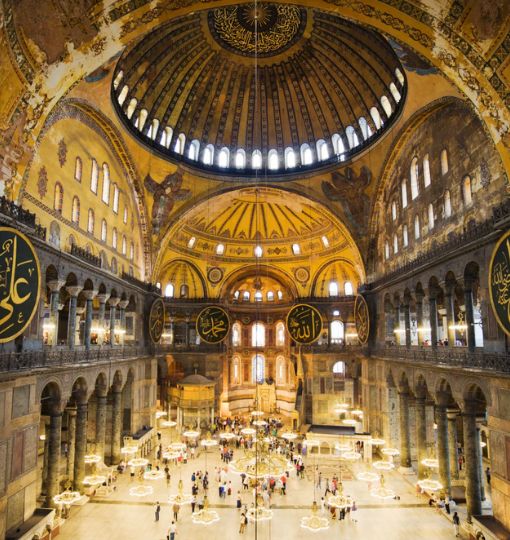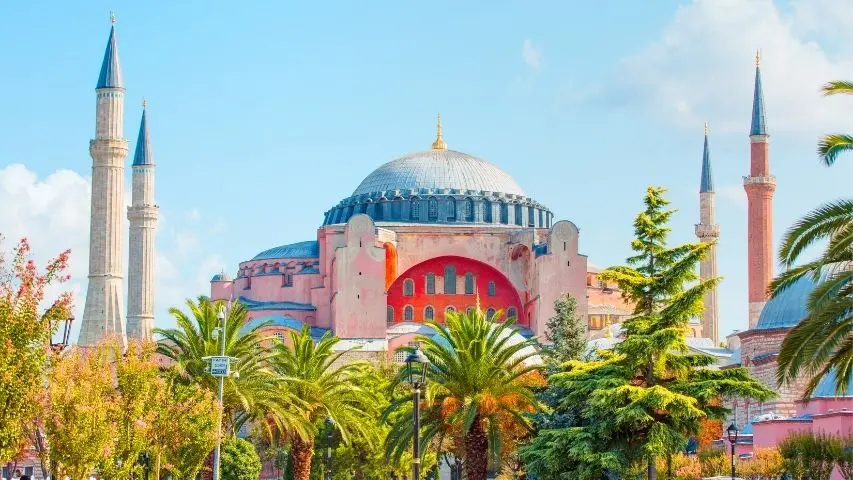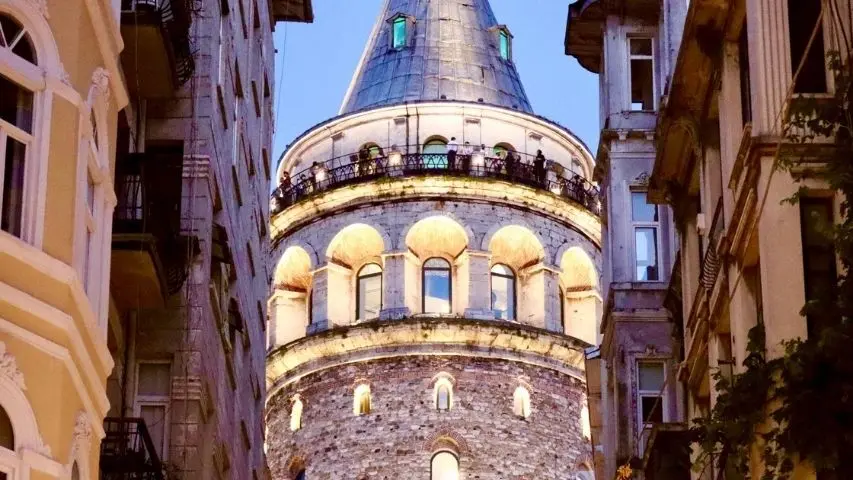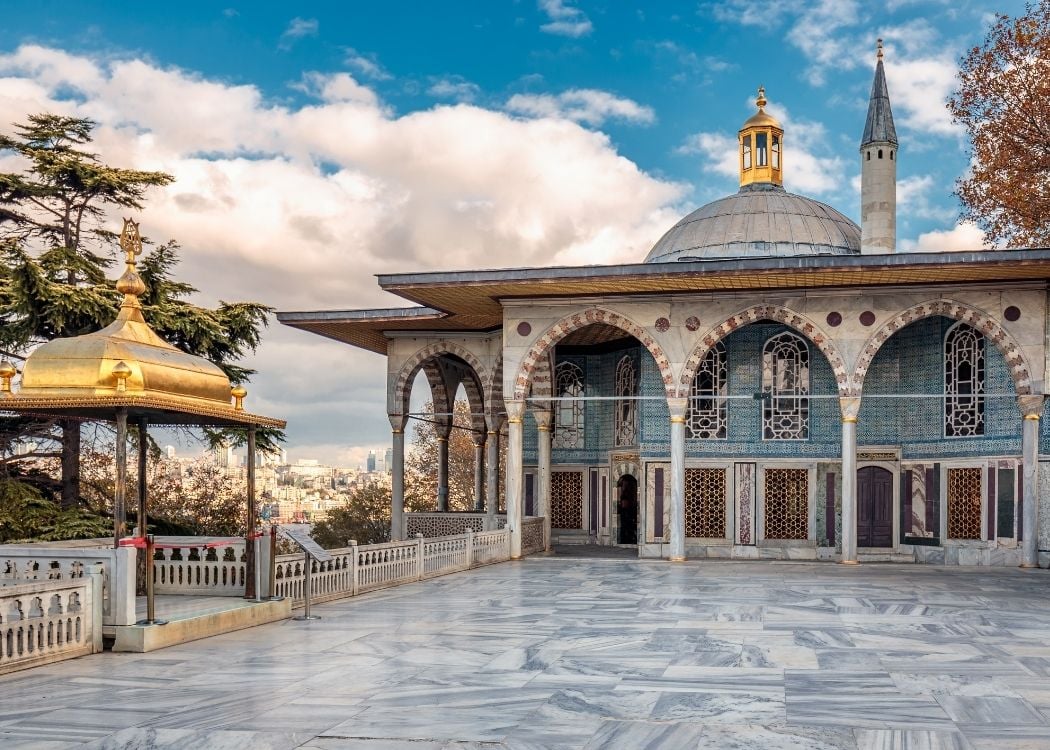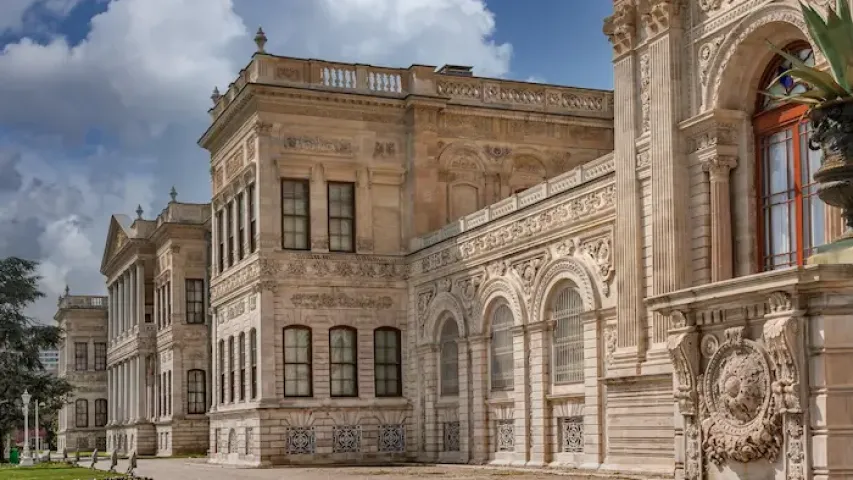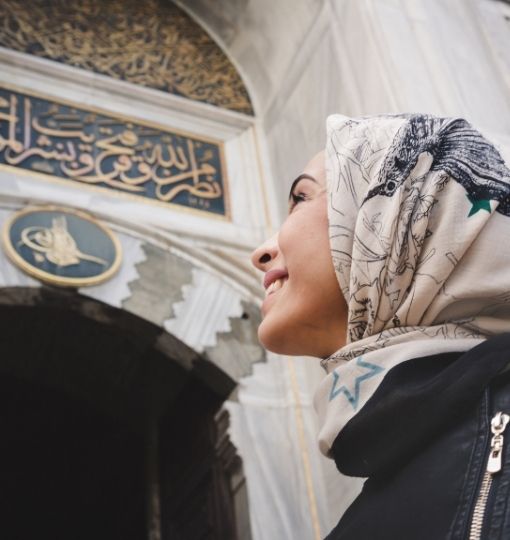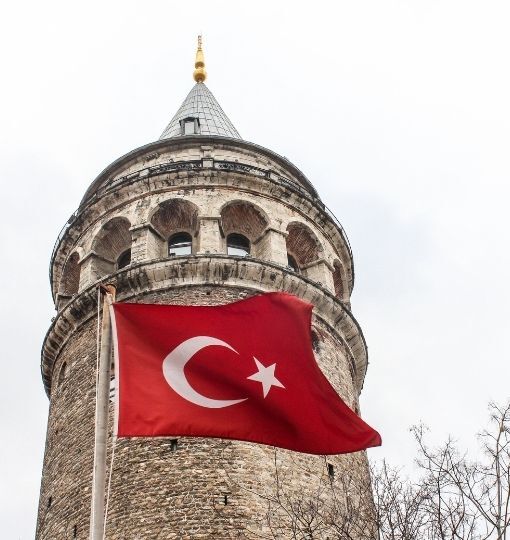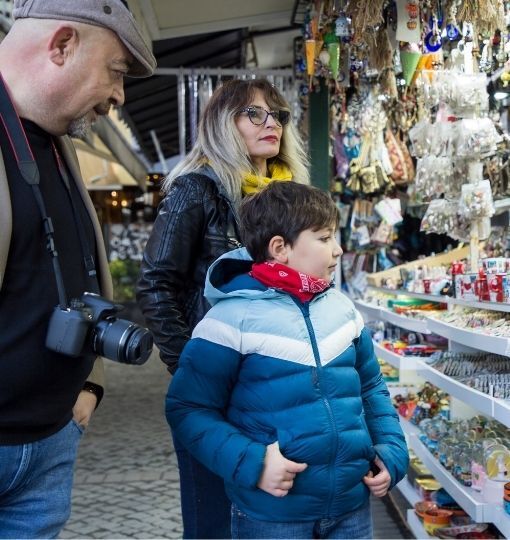Hagia Sophia, an architectural masterpiece in the heart of Istanbul, stands as a symbol of the city’s rich and complex history. This iconic structure, which has served as a cathedral, mosque, and now a museum, has been a point of fascination for historians, architects, and travelers for centuries. In this blog, we will dive into 10 lesser-known facts about Hagia Sophia that highlight its significance, beauty, and fascinating history.
A Monumental Architectural Marvel
Originally constructed in 537 AD under Emperor Justinian I, Hagia Sophia was the largest cathedral in the world for nearly 1,000 years. Its iconic dome appears to float effortlessly, showcasing the advanced engineering of the Byzantine period.
The Cathedral That Changed the Christian World
Hagia Sophia served as the seat of the Eastern Orthodox Church and the heart of Christian religious decisions for almost a millennium. It influenced church architecture across Europe and stood as the most important Christian building of its time.
A Mosque for Over 400 Years
After the 1453 Ottoman conquest, Sultan Mehmed II converted Hagia Sophia into a mosque. Minarets, a mihrab, and a minbar were added, blending Islamic elements with the original Byzantine structure.
It Was a Museum for Nearly a Century
In 1935, Hagia Sophia became a museum as part of Turkey’s secularization efforts under Atatürk. This allowed global visitors to explore its religious and cultural layers in a neutral space.
The Iconic Dome Has Withstood Earthquakes
The dome of Hagia Sophia has endured multiple earthquakes throughout the centuries. Thanks to its ingenious design—buttresses and windows that distribute pressure—it remains standing strong.
The Building is a Blend of Two Architectural Styles
Hagia Sophia uniquely merges Byzantine and Ottoman architecture. Designed by Isidore of Miletus and Anthemius of Tralles, it incorporates elements of a Roman basilica, while Ottoman features like minarets and Islamic calligraphy were added later.
The Building Was Almost Destroyed in the 9th Century
During the reign of Emperor Leo III, the building narrowly escaped destruction during the iconoclast movement, which sought to remove religious imagery. Fortunately, many of Hagia Sophia’s artistic treasures were preserved.
Hagia Sophia Has Some of the World’s Most Stunning Mosaics
The Byzantine mosaics inside depict Jesus Christ, the Virgin Mary, and various emperors. Some were hidden during the Ottoman era but have since been uncovered and restored to reveal their breathtaking detail.
The Building is Still a Place of Worship
In 2020, Hagia Sophia was reconverted into a mosque. Despite this, it remains open to all visitors and stands as a symbol of cultural and religious convergence.
The Name ‘Hagia Sophia’ Means ‘Holy Wisdom’
The name comes from the Greek words for “Holy Wisdom”, referencing its dedication to the divine wisdom of God. This name has endured through all of the building’s religious transitions.
Why Visit Hagia Sophia?
Hagia Sophia is not just a historical site—it’s a bridge between civilizations, cultures, and faiths. Its architectural wonder, religious symbolism, and layered history make it an essential stop in Istanbul.
Discover the Beauty of Hagia Sophia with Istanbul Tourist Pass®
Istanbul Tourist Pass® gives you exclusive access to Hagia Sophia, allowing you to explore this magnificent structure without the hassle of long lines or ticket purchases. With the ITP, you can delve into the rich history and stunning architecture of Hagia Sophia at your own pace, ensuring a memorable experience in one of the world’s most famous landmarks.
Get your PASS today and enjoy easy access to 100+ attractions in Istanbul including Hagia Sophia!

.jpg)
